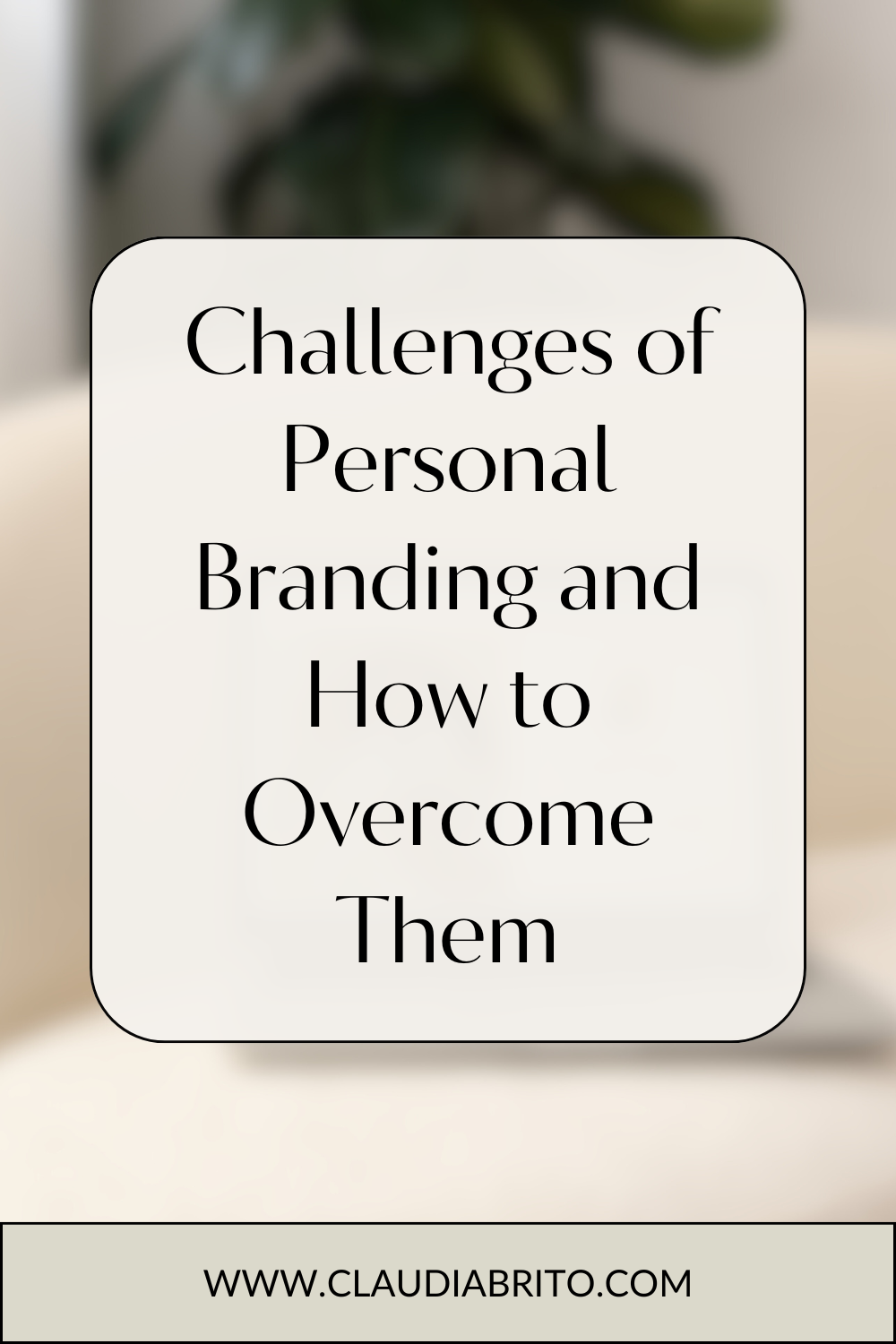If you’ve been telling yourself that you want to start investing but still haven’t taken that first step, let 2025 be the year you finally make it happen.
Investing doesn’t have to be overwhelming or complicated. It’s simply about putting your money to work so it grows over time — and with the right approach, anyone can do it.
Here’s my personal, detailed, step-by-step guide to help you get started the right way.
Note: None of my blog posts are financial advice; the things I publish are based on my knowledge, my research, and what works for me.

Step 1: Learn the Basics
Before diving into the market, it’s crucial to educate yourself.
I know people often think learning about investing will take them months or years — but honestly, you can understand the fundamentals in just a few hours if you stay focused.
Here’s what you absolutely need to know at the start:
- What is a stock? (A small piece of ownership in a company.)
- What is an ETF? (A fund that holds a collection of stocks or other assets, making it a simple way to diversify.)
- How does the stock market work? (A marketplace where stocks are bought and sold.)
There are so many free and accessible resources today:
- TikTok for quick tips
- YouTube for in-depth tutorials
- Books like The Little Book of Common Sense Investing by John C. Bogle
- Podcasts you can listen to during commutes or workouts
I made it a point to incorporate investing education into my daily life, even if it was just 15–20 minutes a day.
Small consistent efforts quickly built my confidence to take action.
Tip:
Don’t wait until you feel like an expert. You learn the most by actually getting started.
Step 2: Choose a Brokerage Platform
Once you understand the basics, the next step is choosing a brokerage — your gateway to buying and selling investments.
A brokerage is simply a middleman between you and the stock exchange.
Today, many great brokers offer apps and websites that are user-friendly and beginner-friendly.
Here are a few popular ones I considered:
- Trading 212
- InvestEngine
- Vanguard
- Hargreaves Lansdown
This is where it can feel overwhelming because different platforms offer different features.
Generally, there are two types of brokerages:
Robo-Advisors
Platforms that choose investments for you based on your goals, time horizon, and risk tolerance.
Good for people who prefer a hands-off approach.
Examples: Nutmeg, Wealthify.
DIY Platforms
You pick your own investments — stocks, ETFs, bonds — giving you full control.
Examples: Trading 212, InvestEngine.
Which one you pick depends on your comfort level.
Personally, I prefer DIY investing because it’s cheaper (no extra management fees) and gives me more flexibility.
But if picking investments stresses you out, a robo-advisor might be a great starting point.
Watch Out for Fees:
Fees can seriously eat into your returns over time.
For example, Vanguard recently introduced a £4 monthly fee for portfolios under £32,000 — something beginners need to factor in.
That’s why I personally like Trading 212 and InvestEngine — no account fees for DIY investing, and they’re very transparent about their costs.
Step 3: Pick Your Investments
Here’s where many people freeze.
Choosing investments seems intimidating, but keeping it simple is honestly the best strategy.
One of my favorite quotes is from Warren Buffett, one of the most successful investors ever.
He said that most people should simply invest in a low-cost, broad-market index fund.
Why?
- It gives you instant diversification
- It tracks the market, which historically goes up over time
- It’s low effort and low stress
Examples of popular index funds:
- S&P 500 ETFs (like VUSA or CSP1)
- Global All-Cap Funds (covering companies worldwide)
Trying to beat the market by picking individual stocks might seem exciting, but statistically, 90% of retail investors underperform the market when they try to outsmart it.
Over a short period, some might get lucky, but over 20, 30, or 40 years, simply riding the market tends to win.
If you’re young (in your 20s or 30s): You have 30–40 years ahead of you, which gives you the luxury of taking on more risk — meaning more exposure to equities (stocks and ETFs) rather than low-growth assets like bonds.
Step 4: Choose Your Investing Strategy
After picking your investments, the next decision is how you want to invest.
There are two main strategies:
Lump-Sum Investing
- Investing a large amount all at once.
- Historically, lump-sum investing can lead to higher returns because markets tend to rise over time.
Dollar-Cost Averaging (DCA)
- Investing a fixed amount regularly (monthly, for example).
- Helps reduce the risk of investing at a “bad time” because you’re buying at various price points.
Personally, I love dollar-cost averaging.
Every month, like clockwork, I invest a set amount — whether the market is up, down, or sideways.
This approach removes emotions from investing (which is where most mistakes happen) and builds wealth slowly and steadily.
It’s important to note that DCA might slightly lower your long-term returns compared to lump-sum investing, but it offers greater peace of mind for many people — including me.
Step 5: Stay Patient and Let Time Do the Work
This is, hands down, the hardest part: patience.
When I first started investing, I wanted immediate results. But the truth is, wealth is built over decades, not months.
Here’s why patience matters:
- If you invest for just 1 month, your chance of losing money is 36%.
- If you invest for 15 years, the chance of losing money drops to 0.1%.
The longer you stay invested, the more you allow compound growth to work its magic — earning returns on your returns.
Compounding is often called the eighth wonder of the world for a reason.
The younger you start, the less money you actually need to invest overall because time multiplies your wealth.
Key mindset:
Invest early, invest consistently, and leave it alone.
Checking your portfolio daily, trying to time the market, or panicking during downturns only hurts you.
True success comes from staying disciplined when others are fearful.
Quick FAQs About Getting Started in Investing
1. How much money do I need to start investing?
You can start with as little as £1 with some brokers. It’s better to start small than to wait for a “perfect” time.
2. Should I wait until the market drops to start?
No. Trying to “time the market” is a losing game. The best time to start is today.
3. Is investing risky?
All investing involves risk, but time in the market reduces that risk dramatically. Over 20–30 years, the stock market has historically grown despite temporary dips.
4. How often should I invest?
Consistency is key. I personally invest monthly using dollar-cost averaging.
5. What if I pick the wrong investments?
That’s why broad index funds are great — they automatically diversify your money across hundreds (or even thousands) of companies.
Final Thoughts: Make 2025 Your Year
Starting your investing journey doesn’t have to be scary or complicated.
By learning the basics, choosing a good platform, investing in broad, diversified funds, and staying consistent, you can build real wealth over time.
Remember:
- The sooner you start, the better.
- Keep it simple.
- Be patient.
I’m excited for what 2025 holds, and I hope you are too.
Let’s make this the year we take charge of our financial future — one smart investment at a time.
If you found this guide helpful, feel free to like, share, and follow for more practical investing tips. Your future self will thank you!
YOU MIGHT ALSO LIKE
How to Spend 12 Days in Albania
If you’re seeking a travel destination that offers jaw-dropping landscapes, fascinating history, and genuine hospitality, Albania is the place to be. This underrated gem in Southeastern Europe is…
4 min read
How to Spend 10 Days in Greece: An Unforgettable Adventure
If you’ve ever dreamed of a vacation that combines history, breathtaking scenery, and vibrant culture, Greece is the ultimate destination. As someone in my mid-20s, I’m all about…
4 min read
Personal Brand Alongside Your 9-5 Job: Simple Guide
In today’s competitive job market, building a personal brand alongside your regular 9-to-5 job isn’t just a trendy concept—it’s a practical strategy for professional growth, financial independence, and…
4 min read
Challenges of Personal Branding and How to Overcome Them
In today’s digital landscape, personal branding has become more than just a buzzword—it’s a necessity for professionals, entrepreneurs, and creatives who want to stand out. Yet, the process…
4 min read
How to Build Resilience, Confidence, and Handle Disrespect
Resilience, confidence, and the ability to deal with conflict are some of the most important qualities a person can have in today’s fast-moving and sometimes cruel world. But…
4 min read
How to Add Volume to Thin or Flat Hair: Expert Tips and Product Recommendations
Adding volume to thin or flat hair is a common challenge that many people face. With the right techniques, hair care routine, and products, you can achieve fuller,…
4 min read







Leave a Reply